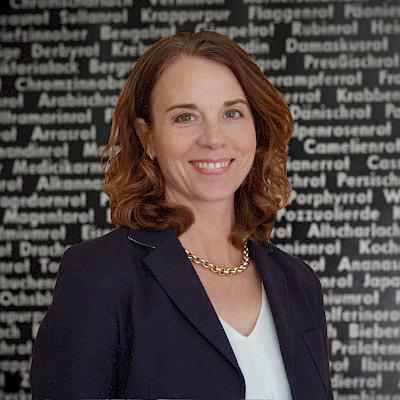After 5 years on medical leave, Dr. von Schwerin is delighted to be able to return to her research and teaching on the art and archaeology of the ancient Americas. After completing a fellowship at the Metropolitan Museum of Art in 2004, she received her PhD in Art History and Archaeology from Columbia University (NYC). That same year she joined the Art History Faculty at the University of New Mexico as Assistant Professor of Pre-Columbian Art. In 2007 a Humboldt Fellowship brought her to Germany where she has remained since, as a Fellow at Morphomata in 2009-10 and later as Visiting Faculty at the Department of the Ancient Americas (Altamerikanistik) at the University of Bonn. From 2012-2015 she worked for the German Archaeological Institute’s Commission for Non-European Cultures Archaeological Coordinator of an international research project funded by the BMBF to develop a 3D Web GIS for the curation and analysis of heterogeneous 3D data. The test data for this system came from the UNESCO World Heritage site and ancient Maya city of Copan, Honduras, where Dr. von Schwerin has conducted research in collaboration with Harvard University archaeologists since 1998.
Maya Temple Architecture in the 8th century CE
My research this semester surveys how portraiture was used –and not used—by ancient American cultures. This overview helps us to understand the significance of eight, life-size statues that once adorned an 8th-century royal temple at the ancient Maya kingdom and UNESCO World Heritage site of Copan, Honduras. There has been a good deal of research on portraiture in the Ancient Americas. The first portraits appear with the Olmec civilization centered on of the Gulf Coast of Mexico in 1200 B.C., and the last pre-Hispanic portrait was commissioned by the Aztec ruler Moctezuma in the 15thcentury. Perhaps the most famous portraiture from the ancient Americas is that of the Maya kings and queens of Mexico and Central America, found on stone stelae and painted vessels from the 2nd to the 9th centuries AD. But portraits of humans did not appear on temple facades until the 7th century AD (before only images of deities appeared on temple exteriors). With the above-mentioned temple at Copan, we have one of the earliest and best preserved examples of statues of humans on a temple facade. Do these statues represent the ruler, an ancestor, or a deity? Does this shift indicate a change in the nature of divine kingship during the Late Classic period (AD 600-900)? Finally, what insights do we gain from a study of portraiture—both into these ancient cultures, but also into our 21st-century selves?
